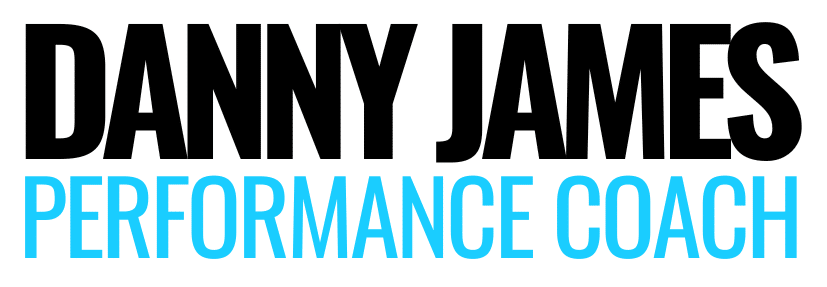Wouldn’t it be nice if performing isolated core exercises like planks was unnecessary? What if we perform heavy, compound lifts like squats and deadlifts, is that enough to work the core? Well, in one study researchers heeded the call to absolve us of planking. They compared squats and prone planks to find answers to the burning question: Do squats work abs to a meaningful degree?
Related: Core Concepts in Core Training [Part One]
Recap
Safe to say, if we’re referring to the abdominal muscles as ‘abs’ then the training focus probably points to aesthetic pursuits. For the most part, that means targeting the rectus abdominis and obliques.
There are few reliable studies directly comparing big lifts like the squat and bench press with isolated ab exercises. Especially for ab hypertrophy outcomes.
We all know some heathen with visible core muscles who lifts but never performs direct ab work. Basic, heavy strength training will likely do a good enough job of building some muscle in the torso.
For general physical appearance, that is. And you’ll still need low body fat levels to see them.
What if the goal is weight loss or burning fat around the abdomen, would you squat or plank?
I’d recommend squatting because you’ll burn more energy overall. And have the benefit of building both leg and core strength in a way that has more real-world application.
For a physique athlete who needs a lot more detail, some direct work will likely be necessary. If we’re talking about ‘function’ and all you want to use your core for is to squat, bench and deadlift…
Well then, squatting, benching and deadlifting will be all the core work you need.
![Do Squats Work Abs Better Than Planks? [Part 2] 2 Metabolism Myths Banner](https://dannyleejames.com/wp-content/uploads/2023/08/Metabolism-Myths-Banner-.jpeg)
Previous Research
One study compared trunk muscle activity during various isometric and dynamic strength exercises (1).
- Isometric: Prone Bridge and Superman
- Dynamic: Back Squat, Front Squat, and Military Press
The prone plank showed the highest rectus abdominis activity. The military press, an upper body exercise came in second. Which isn’t so surprising when you consider the high flexion forces needed to anchor the push.
Loading
A big limitation with this study and many others was that they used low to moderate loads for the big lifts. Loading not usually representative of what lifting or athletic populations will use.
It’s likely that heavier training loads would have led to very different outcomes.
Then again… Another study on elite rugby players had similar findings (2). Only, they did use heavy weight, working up to 90% 3RM comparing the backsquat and overhead squat.
Extra trunk isolation exercises were also thrown in for more trunk EMG data to compare.
EMG showed sit-ups outperformed all exercises in lighting up rectus abdominus. In fact, all isolated abdominal work showed higher levels of anterior core activity.
To nobody’s surprise, they found both squats heavily worked the posterior erector muscles. Yet, both squats were the least effective at activating the anterior core.
Results were similar in another paper showing even less activation with loads at 75% of 1RM (3).
So, do squats work abs enough? These studies so far suggest they do not.
Heavy Squats vs Planks
The aim of this study was to compare core activation between a weighted plank and 6RM back squat. 12 trained males took part performing both the heavy back squat and prone plank with 20% BW load added to the low back. This extra weight was to:
- Increase core muscle activity, and
- To avoid fatigue in the upper limbs impacting performance.
They took both lifts to fatigue, with a total lifting time of 27.7+5.6s for the squat and 92.8+58.2s for the plank.
![Do Squats Work Abs Better Than Planks? [Part 2] 3 Mass Sign-Up Banner Black](https://dannyleejames.com/wp-content/uploads/2021/11/Mass-Missive-Banner-Black.jpeg)
Results
There were no major differences in core muscle activity between exercises. The rectus abdominis and external obliques showed similar levels of activation. Again, the back squat had higher EMG readings for the erector spinae.
These results show heavy squats actually need a high degree of core strength to perform. Contrary to some of the previous studies mentioned.
![Do Squats Work Abs Better Than Planks? [Part 2] 4 Squat vs Plank 1](https://dannyleejames.com/wp-content/uploads/2021/02/Squat-vs-Plank-1-1024x576.jpg)
Wrap Up: Do Squats Work Abs Enough to Never Have to Train the Abs?
This was a great study showing how heavy squats produced similar core activation as a weighted plank to failure. This supports the idea that heavy, whole-body movements may be all the core training you need. Especially for experienced lifters.
This study found no advantage to performing the plank instead of squats. Yet, there are benefits to choosing exercises that work many muscle groups at once.
For beginners, it may be wise to include some isolated core work as well.
References
- An Electromyographical Comparison of Trunk Muscle Activity During Isometric Trunk and Dynamic Strengthening Exercises. Comfort, et al, 2011.
- Electromyographic and Kinetic Comparison of the Back Squat and Overhead Squat. Aspe & Swinton 2014.
- Effect of Surface Stability on Core Muscle Activity for Dynamic Resistance Exercises. Willardson, et al. 2009
- Comparison of Core Muscle Activation Between a Prone Bridge and 6-RM Back Squats. van den Tillaar & Saeterbakken, 2018.

![Do Squats Work Abs Better Than Planks? [Part 2] 1 Fit man with a six pack abs leaning on a barbell resting between squats](https://dannyleejames.com/wp-content/uploads/2021/01/Do-Squats-Work-Abs.jpg)
[…] To Part Two. […]
[…] before you begin you're going to exhale first and then keep the abdominal area tight. Next, Inhale a little air while keeping that tightness in the abdomen right before you rotate your […]